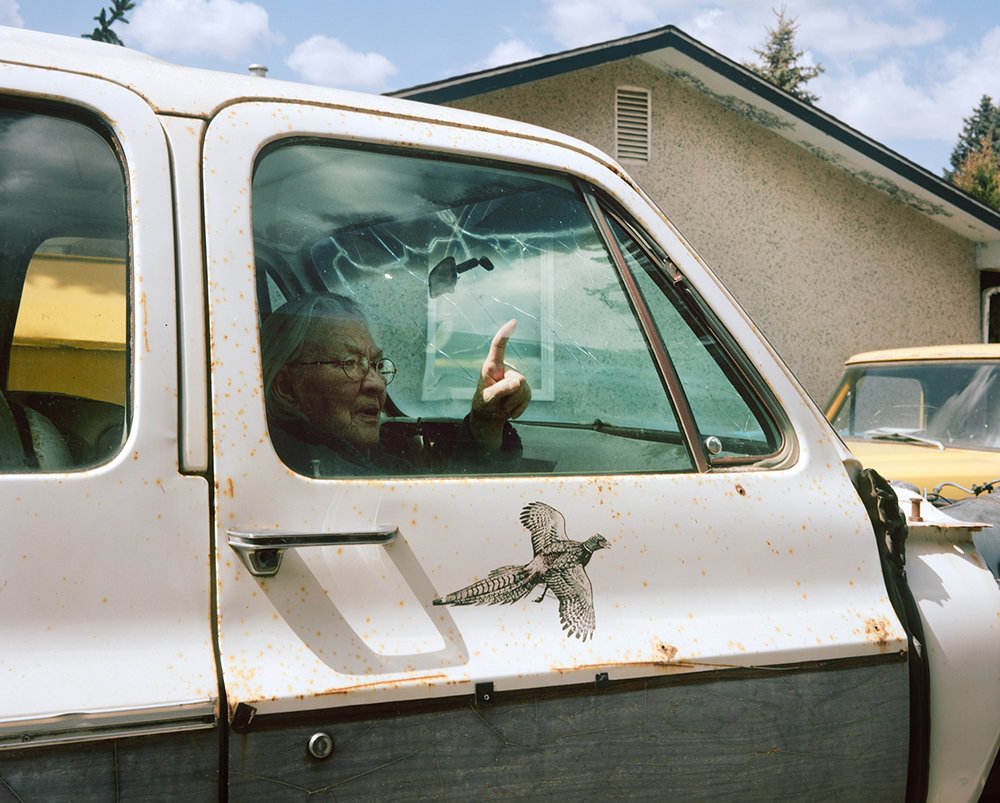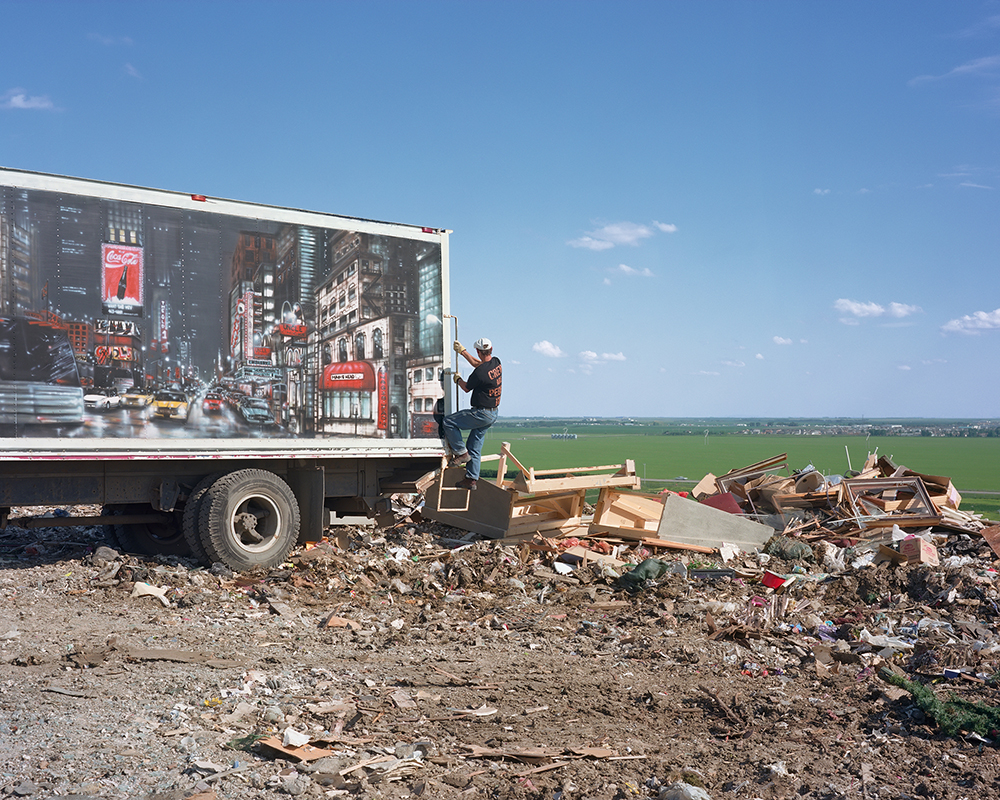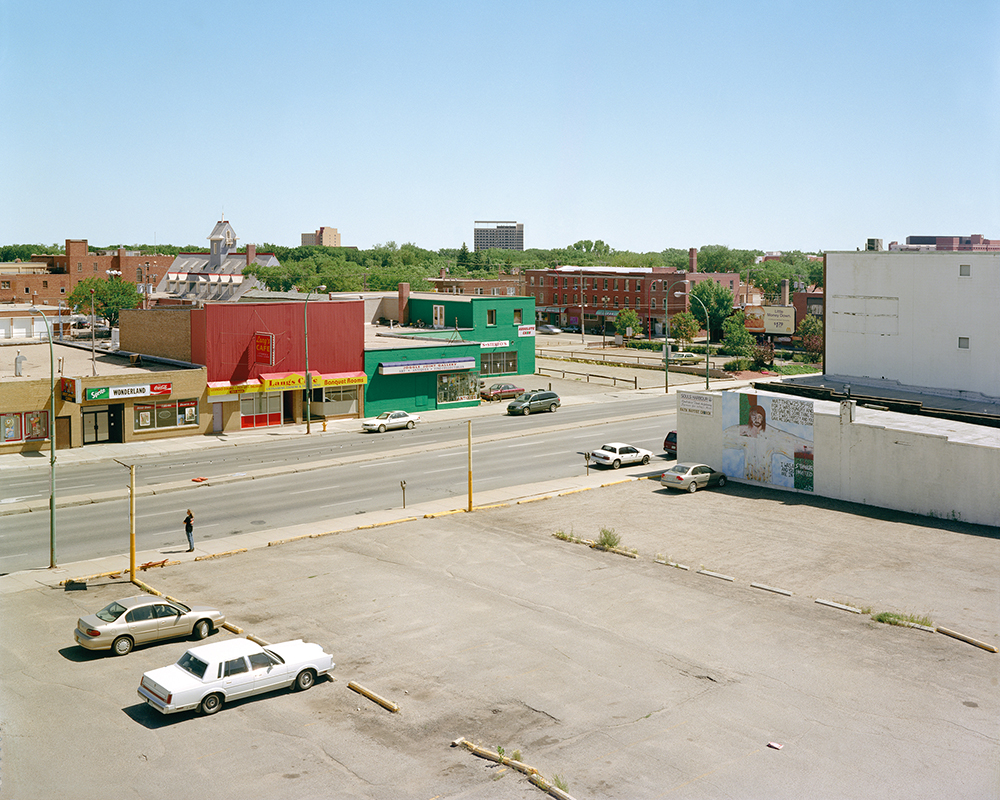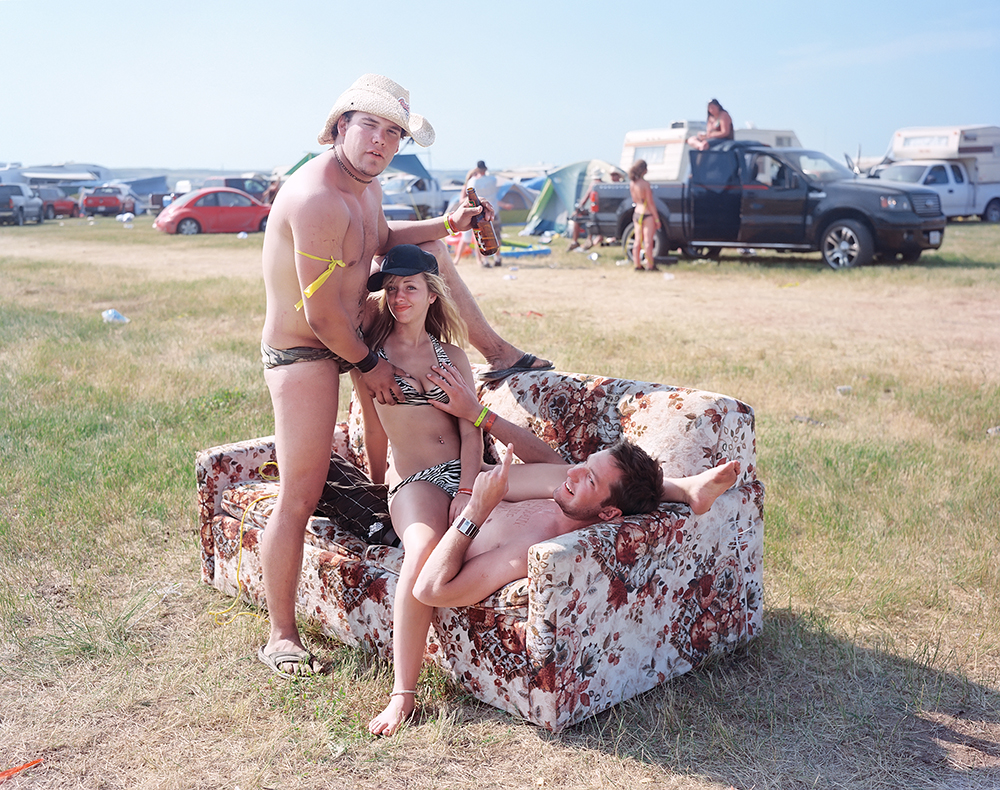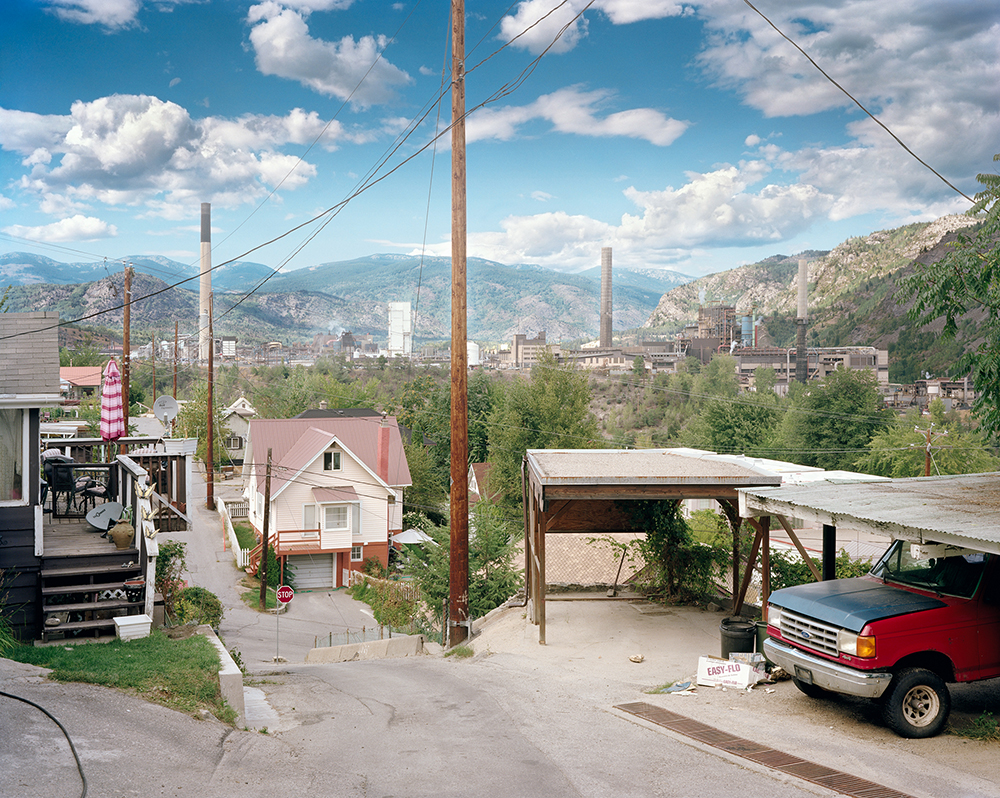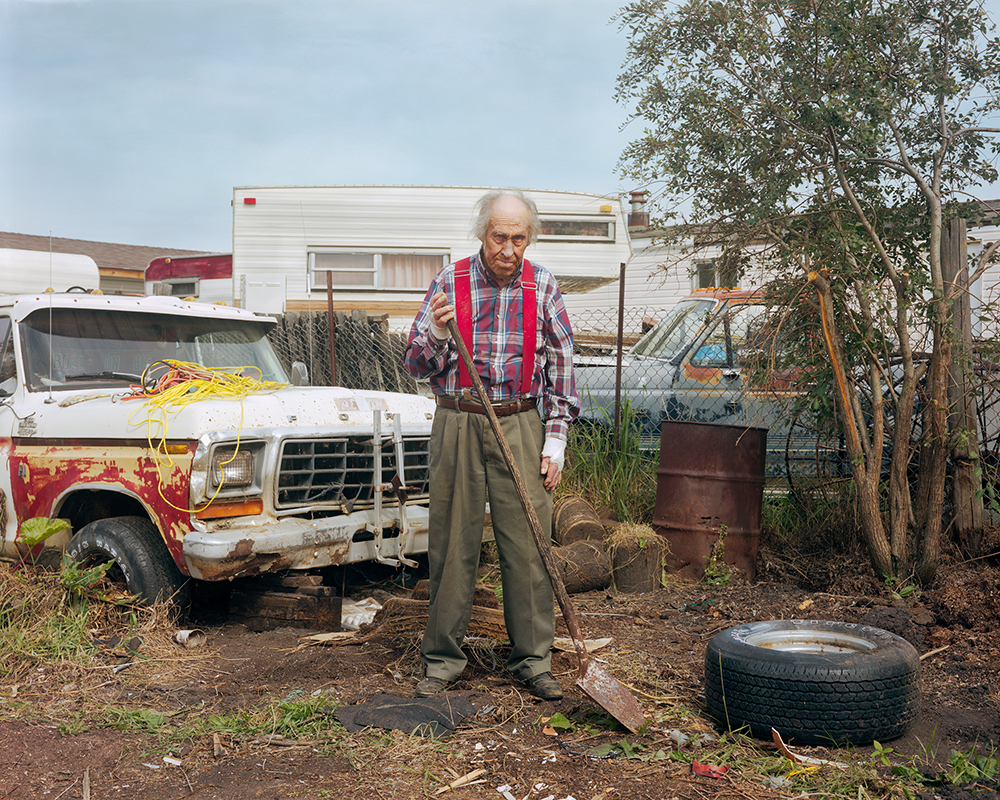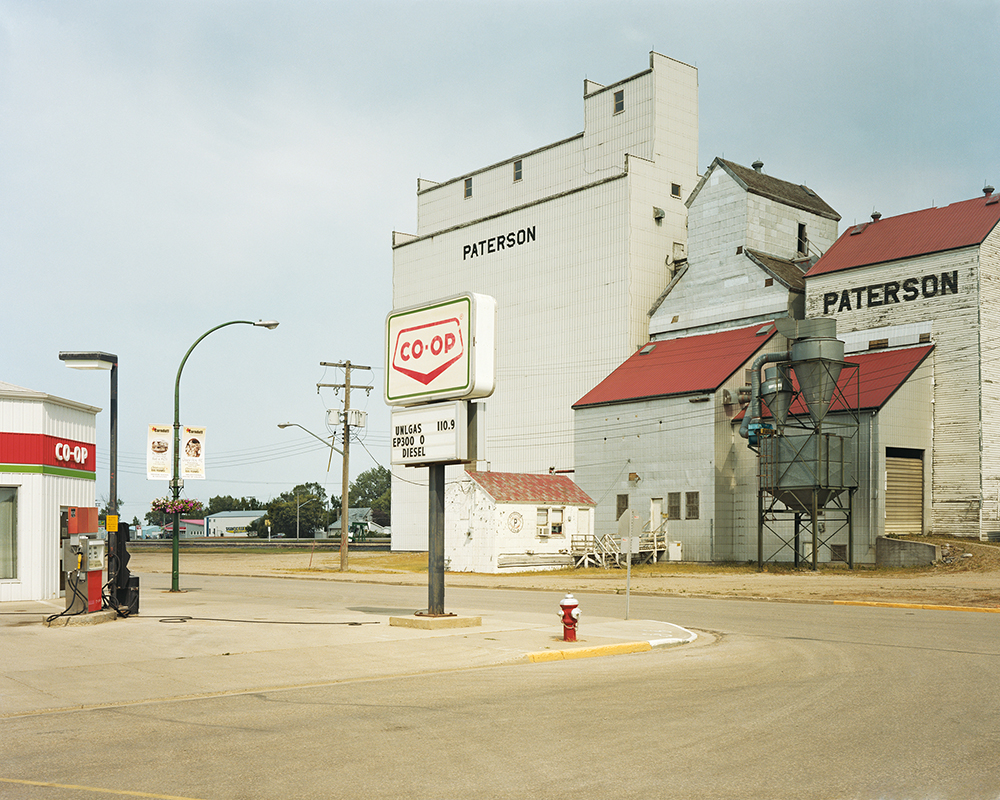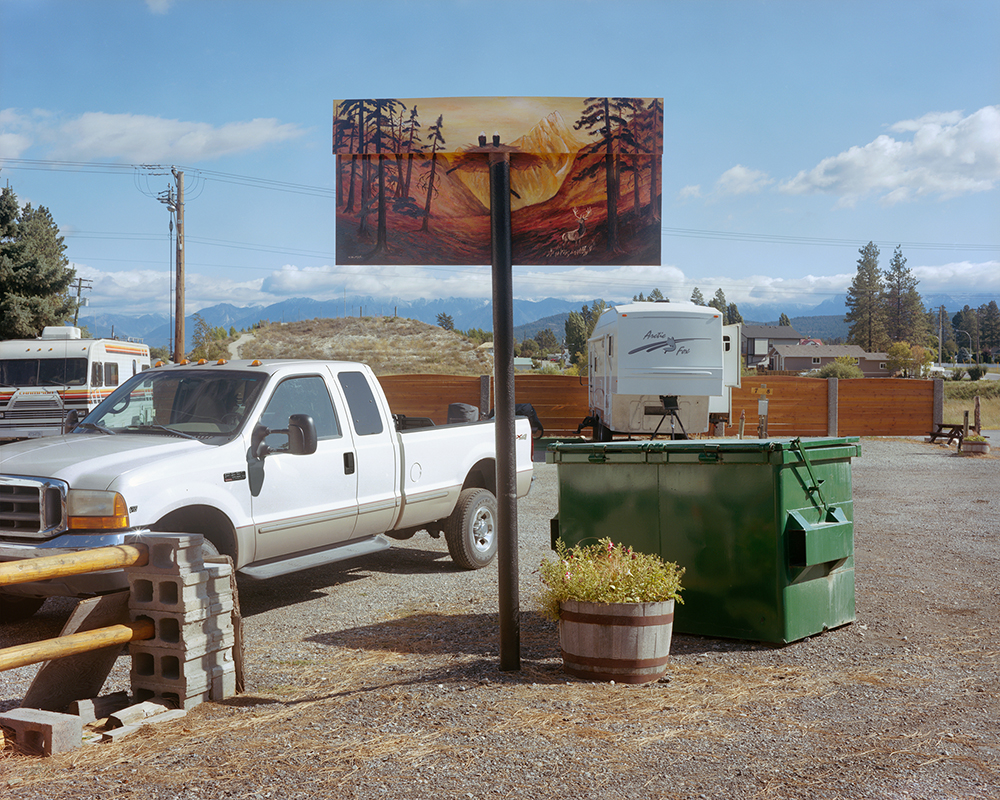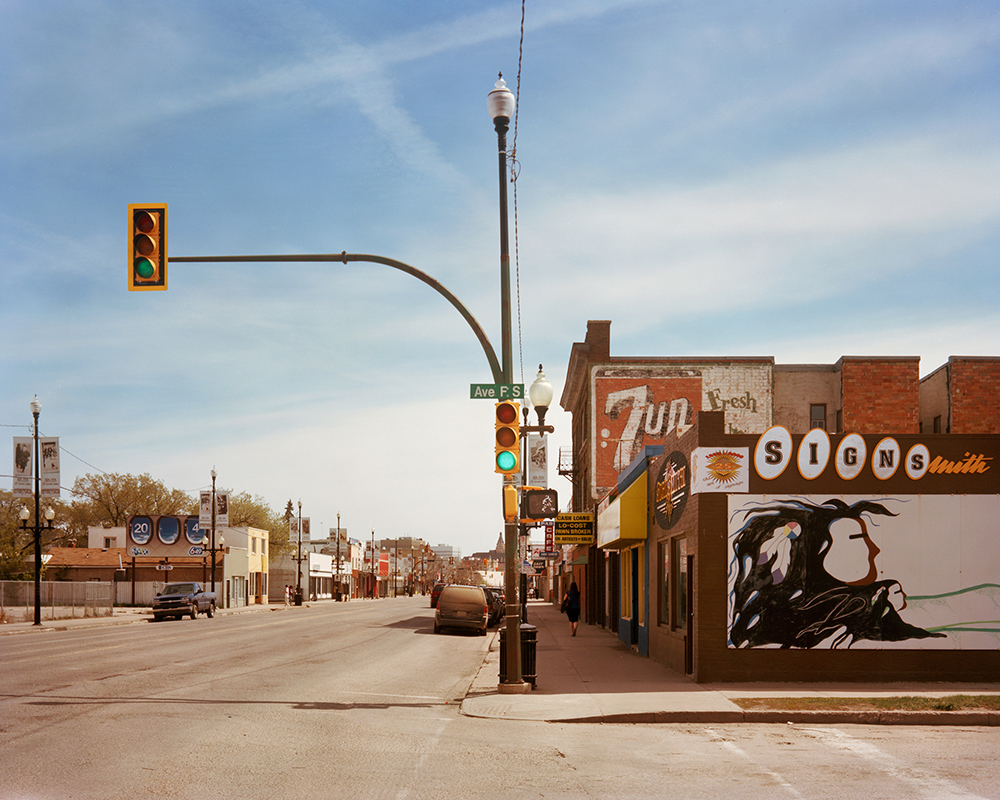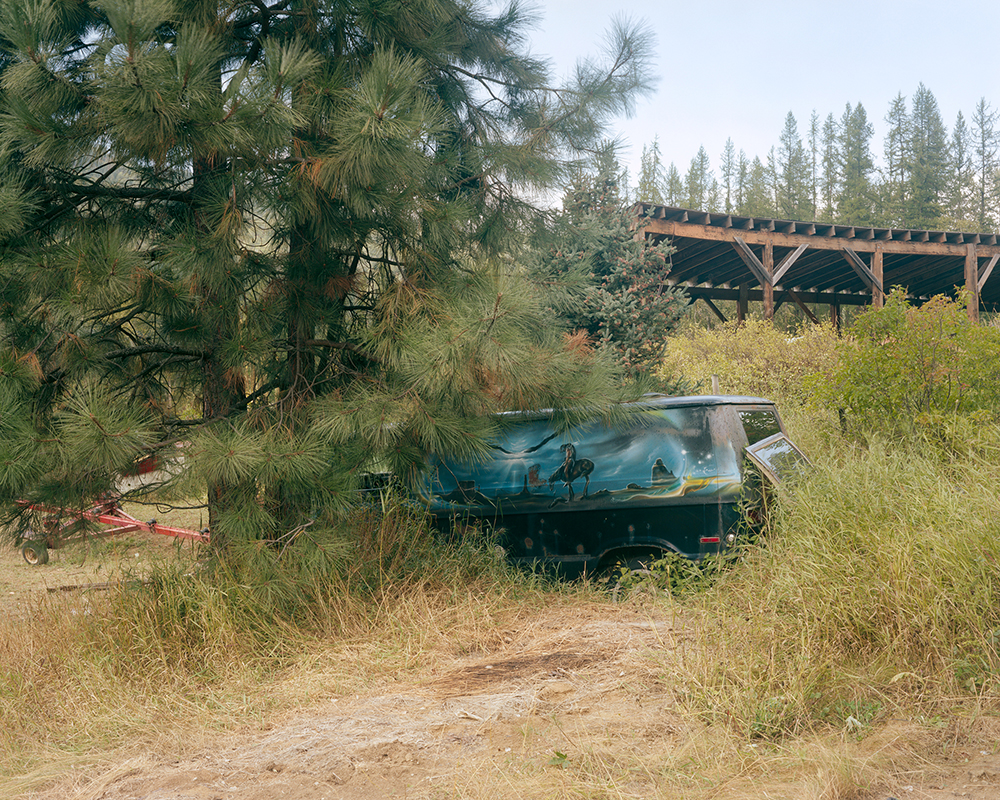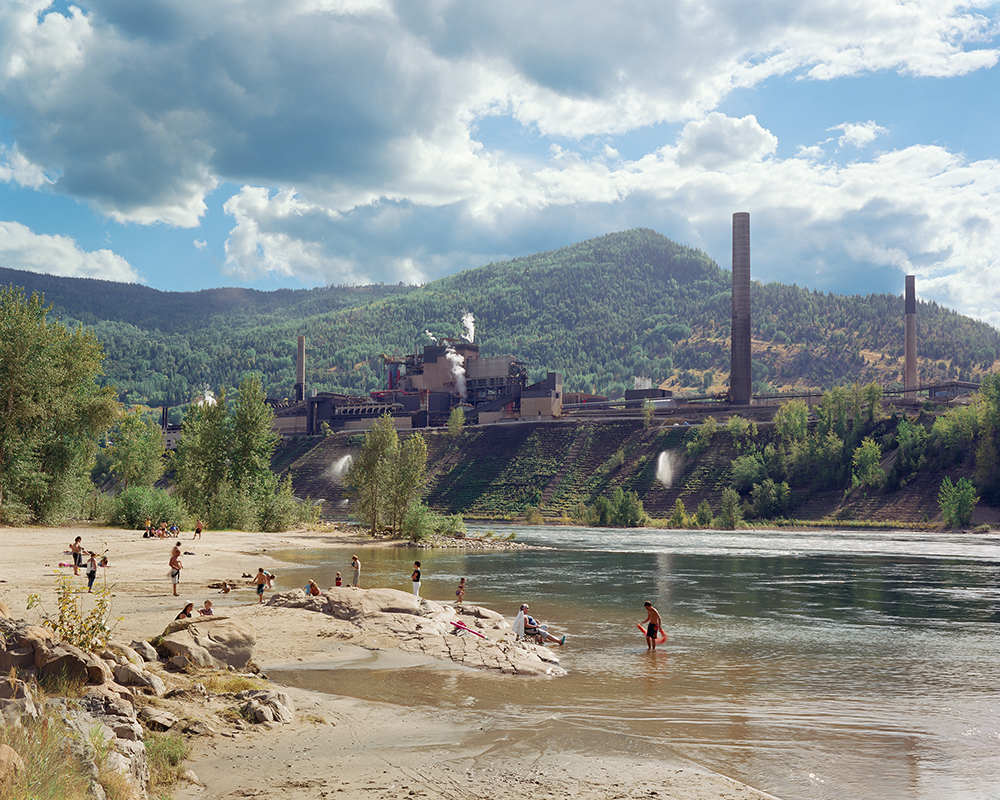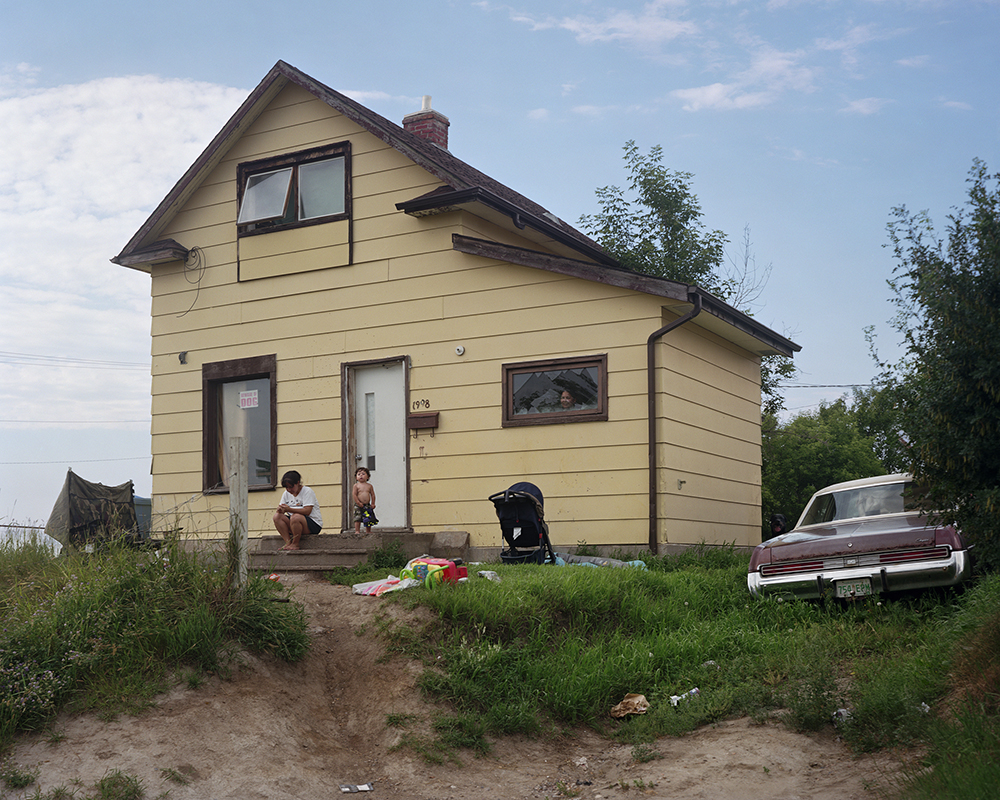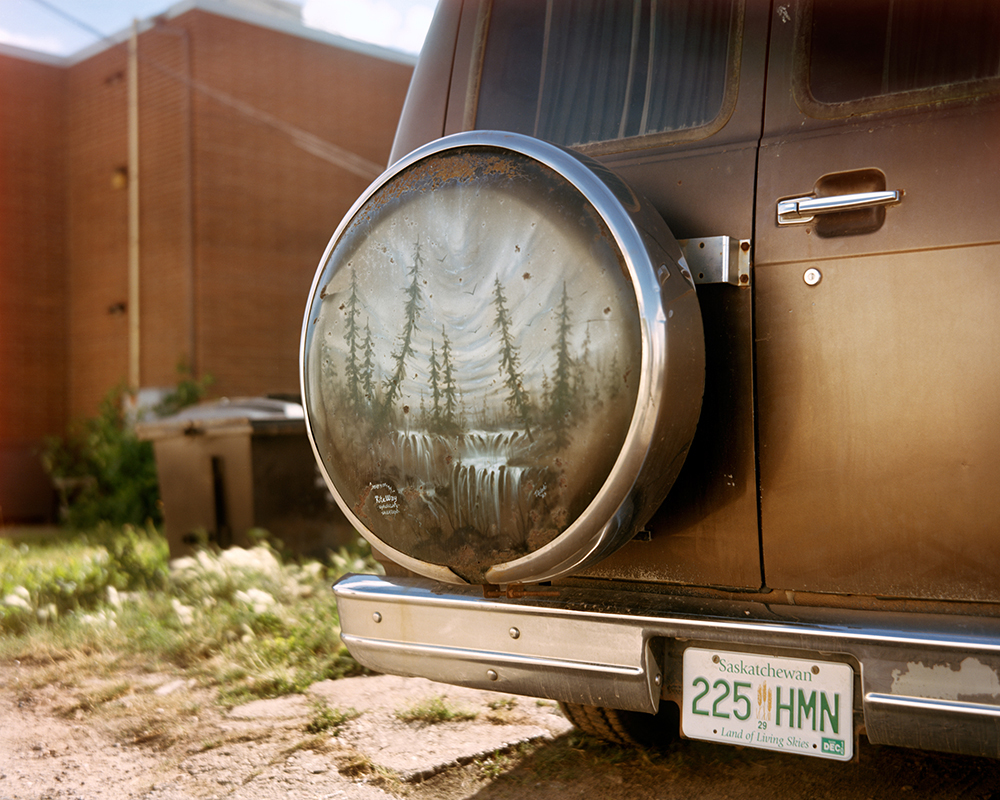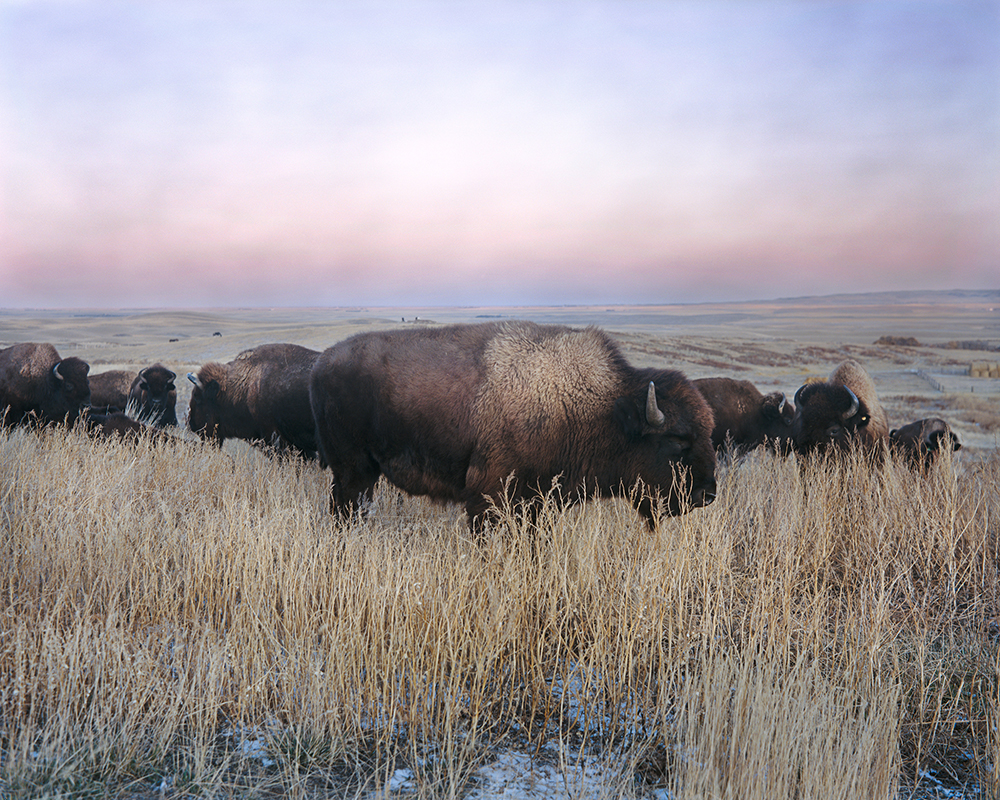Western Canada: Thomas Gardiner
Thomas Gardiner is my favourite Canadian photographer you’ve never heard of. A busy man, he doesn’t spend much time pushing his wares, although he should, because they’re really good. Like Tupperware from a trade convention, everyone could use it. A son of the Prairies, photographer Thomas Gardiner was born and raised in Western Canada. After a few years away from home, he returned to reflect upon and react to the landscape and its inhabitants through photography. Placing an appraisal on Gardiner’s work beyond one tempered in pure aestheticism, i’d argued his images empower a narrative of expanse and pastoralism that is particular to the Canadian West. And similar to much of the work conducted on Canadian identity and environs, Gardiner’s work raises more questions about the relationship between land and inhabitant than it settles and I like that.
I reached out to Gardiner last year to invite him to submit to a special edition of Imaginations Journal of Cross-Cultural Image Studies. An academic journal I had the privilege of co-editing with my colleague Dr. Andriko Lozowy. Our special edition was framed by two ideas: 1. Let’s explore what photography looks like on a regional level in Western Canada – a look at who is representing the west? 2. Let’s pair a photographers and academics together and encourage them to work collaboratively to create new knowledge on the region. I had the privilege of being paired with Gardiner, it was fitting since I was familiar with his work and we had both followed a similar creative trajectory. I wrote an article on the idea of Leaving to Return and document one’s place of origin and to understand it a new as well as on the lack of a photographic community in Western Canada. The collaborative element was a series of blended photographs representing a shared vision of the region. As part of the process I did an interview with Gardiner that never saw the light of day, I thought it fitting to share some of his responses before it passes into oblivion.
Thomas Gardiner graduated from Yale with an MFA in Photography in 2012. He earned his BFA from The Cooper Union, during which time he began working with a 4×5 camera to document the small communities he grew up in around Western Canada. During his studies at Yale he switched to 8×10, and began documenting working-class cities in the Northeast around New Haven. Thomas currently lives in Vancouver.
It wasn’t until having moved to the thriving metropolis of New York City that I began documenting the small towns and communities of Western Canada where I grew up. In a sense, they’re partly biographical insofar as they represent places where I lived as a child and into my teens. However, having transplanted myself into such a sharply contrasting environment also made me view the place (largely responsible for having shaped me as an individual) in a radically new light. Not only did I begin reflecting on its influence upon me simply for having lived there, but I also began to consider, more generally, the geographic relationships of hinterland regions to major metropolitan centers— as well as the social & economic aspects within these relationships—through the lens of how the camera could interpret them visually.
Western Canada’s small towns and communities are often viewed as existing at a social and economic disadvantage to places with major financial firms and large corporations, such as those radiating from larger city centers. Despite the geographic barriers determining their status as hinterland regions, the citizens living here have had a significant role in forming Canada’s social infrastructure, from universal health care to affordable education. By forging strong community bonds and forming co-operative conglomerations, the people of these regions were able to resist exploitation by the large financial firms in Eastern Canada. (It is worth noting in this regard that the province of Saskatchewan elected the first socialist government in North America in the 1940s.) Since then, the region has gone through many economic and ideological shifts and changes. My photographic project aims to render visually the cumulative aggregate of these changes and influences that have both shaped me as well affected the people and places where I grew up.
Why did you leave Western Canada?
I left Western Canada because I had an opportunity to go to school and live in New York, which I thought was very exciting. I went on exchange to the Cooper Union while I was studying at Emily Carr in Vancouver. I then transferred to Cooper Union to finish my degree. Aside from really wanting to live in New York, I also felt the experience I had there with regards to the art and artists I was interested in, and everything that came with that, was much more appealing and maybe a better fit to me than what I was experiencing in Vancouver.
Did you leave to gain some photographic training? Did you not feel this could be gained in Western Canada?
I don’t think I would exactly quite put it in this way, part of the attraction for me, in regards to my education, was the opportunity to see a wider array of art and also to experience the art and the people who made it first hand, as opposed to experiencing it second hand. I suppose it is true that it was an education I could not get while I was going to school in Western Canada, but it was more that I was excited to go to a new place and live in another country and be in a city, which to me, while I was there, seemed like the center of the world.
What did you learn about Western Canada by moving away and coming back to record it?
After becoming accustomed to the constant bombardment of the senses one feels spending a significant time in a major city like New York City and then coming back to Saskatchewan after having not been back for quite some time, the contrast was drastic. A place that had been so familiar to me never appeared to be so sparse, quiet and vast and at the same time I thought it was extremely beautiful, in a way I had never acknowledged before. When I returning to the prairies, it also made me realize how much of a barrier, or at least how immense the role, geography played within the cultural and even economic and political landscape of North America. Something I felt at the time, at least to my knowledge, was rarely adequately acknowledged.
What Western Canadian photographers do you know, (historical or contemporary)?
I’ve never really had a huge knowledge of photographers from Western Canada. I think at the time I was beginning art school and especially growing up I never even heard of any photographers from Western Canada. But to be fair, growing up in Regina I felt I had virtually no knowledge of anything in regards to the art world. When I started going to school at Emily Carr of course I came to know the Vancouver school photographers like Jeff Wall, Stan Douglas, etc. And of course along the way I’ve gotten to know photographers from Western Canada like yourself.
What drew you to photograph in Western Canada?
When I returned to Western Canada I saw where I was from in a new light and gained a new appreciation for it, not only visually but other things about it, including its geography, history, economics and politics. While I was in New York I met people from all over the world and yet almost no one I had met had even heard of where I was from. When I would begin to explain that I was from Regina, Saskatchewan, the most common reaction I got would be would be a chuckling double take and the question whether I was pronouncing my own city properly. But it was always a good icebreaker and I was happy to oblige and from then on people would usually be really interested in what I said. It in fact made me become much more interested in the history of Western Canada. I became especially interested in the Co-op movements that came out of Saskatchewan and how they made a mark on the collective consciousness and identity of Canada as a Nation. I was also fascinated by the aspect that despite this progressive period in Western Provinces, today this region has become a conservative pillar within the national political landscape. In a sense, for these reasons it became important for me to photograph Western Canada, which began primarily as a means to describe to people who I was and where I was from.
A response from a photographer in Western Canada: What is the worst thing about Western Canada? Or rather, list the elements you would criticize?
I think returning to Western Canada, and especially the more rural regions, one realizes how isolating and sparse the environment can be as compared to the dense urban areas say along the coasts. An overwhelming awareness of the natural environment is another sense I feel comes across, especially in winter. Growing up in Regina where the next closest big city might be Calgary or Winnipeg, which are at least a 6 to 9 hour drive away, a sense of distance is another thing that one becomes aware of. I think these kinds of physical barriers influence cultural aspects in the region. On another level I feel the isolation due to the sort of geographical barriers of Western Canada can promote a sense of close community bonds, which have always been essential to one’s survival in the region. For better or worse, I think both living in regions like Western Canada or in populated places like large port cities have their unique challenges and priorities in relation to each other and I believe in this way geography has been a significant aspect of the political dynamic within the history of North America.
Posts on Lenscratch may not be reproduced without the permission of the Lenscratch staff and the photographer.
Recommended
-
Paccarik Orue: El MuquiDecember 9th, 2025
-
Lauri Gaffin: Moving Still: A Cinematic Life Frame-by-FrameDecember 4th, 2025
-
Dani Tranchesi: Ordinary MiraclesNovember 30th, 2025
-
Art of Documentary Photography: Elliot RossOctober 30th, 2025
-
The Art of Documentary Photography: Carol GuzyOctober 29th, 2025

